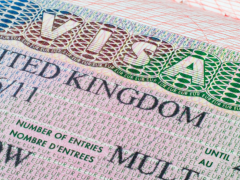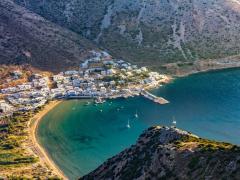In 2022, the Journal of Travel Medicine published research revealing that there had been 379 selfie-related deaths between 2008 and 2021.
Tourists have been seen putting themselves in harm’s way in pursuit of the perfect selfie, resulting in tragic accidents, fatal falls, collisions with cars and trains, dangerous wildlife encounters and drownings.
As a result, tourist destinations are implementing fines and jail time for tourists who engage in dangerous, disruptive and destructive behaviour for selfies, reports euronews.com.
Past selfie accidents
- In December 2023, a woman died after falling off the edge of the Prabalgad Fort in India while trying to take a selfie.
- India has experienced multiple fatal accidents where tourists approach wild elephants and get trampled.
- During the 2023 Tour de France, a spectator attempted to take a selfie with passing riders, causing a collision and pile-up of 20 cyclists.
- In Portofino, northern Italy, masses of tourists taking selfies caused a traffic jam, endangering their lives and those of the drivers.
- In Las Vegas, tourists have been known to block the city’s famous elevated walkways, disturbing residents and hotel employees on their way to work, reports travelpulse.com.
- In 2022, a woman drowned while trying to take a selfie in the waters of the Amalfi Coast, Italy.
Selfie regulations
- Japan’s JR West Railway Company has banned selfie sticks on its platforms to prevent falls and electrocutions from overhead wiring.
- India’s government has created ‘no selfie’ zones in many areas, including its cities, beaches, festival locations and tourist attractions.
- In Pamplona, Spain, taking pictures during the annual Running of the Bulls is prohibited to prevent impalements experienced in the past.
- In the US, many states have passed bills banning selfies with wild animals unless there is a barrier between the person and the animal.
- Other destinations have installed warning signs, restricted hazardous areas and published awareness campaigns.
- In Europe, many historic sites with tragic histories, such as Anne Frank’s house and Auschwitz, have had to explicitly implement bans to prevent tourists from taking selfies.













